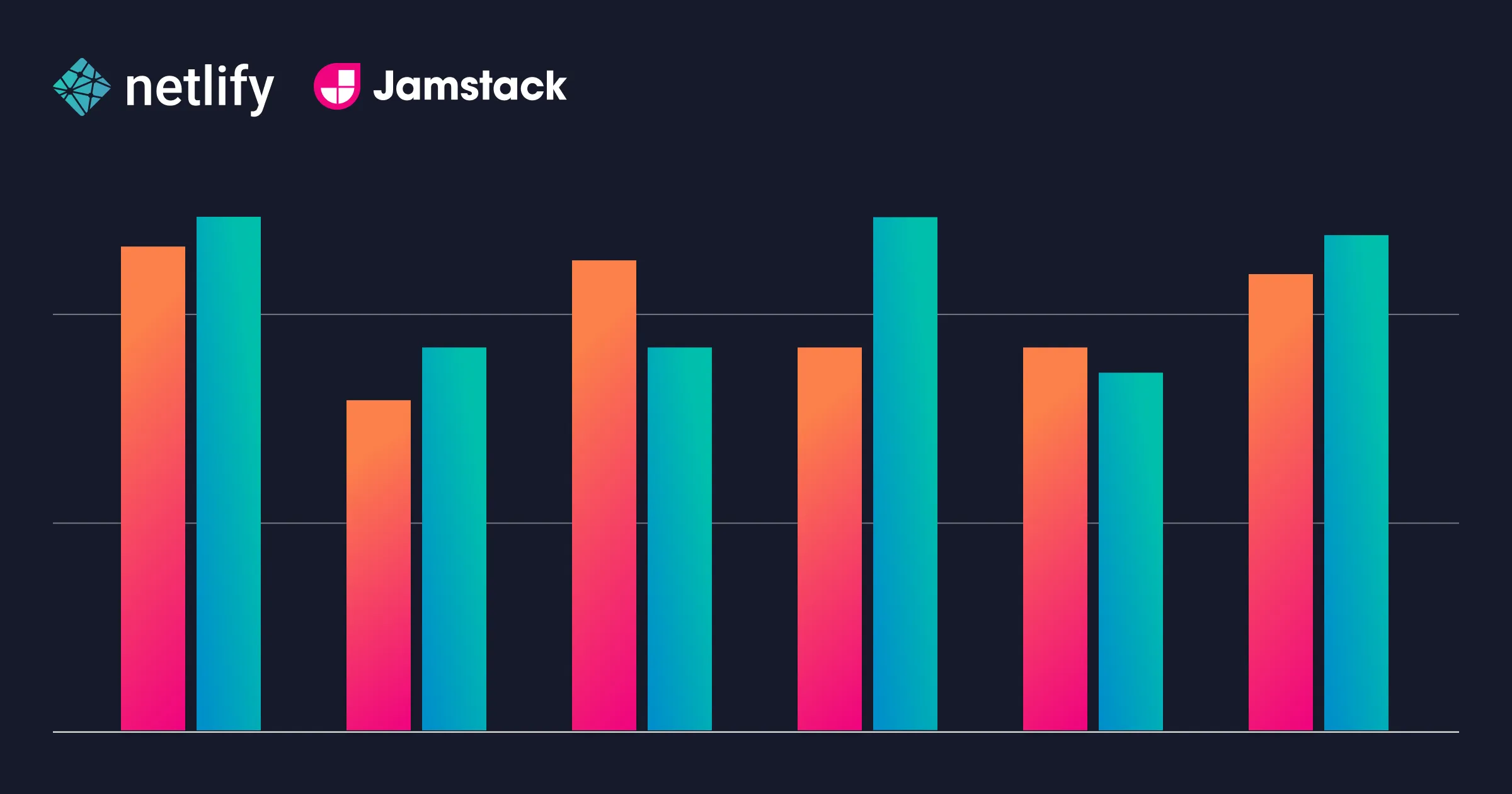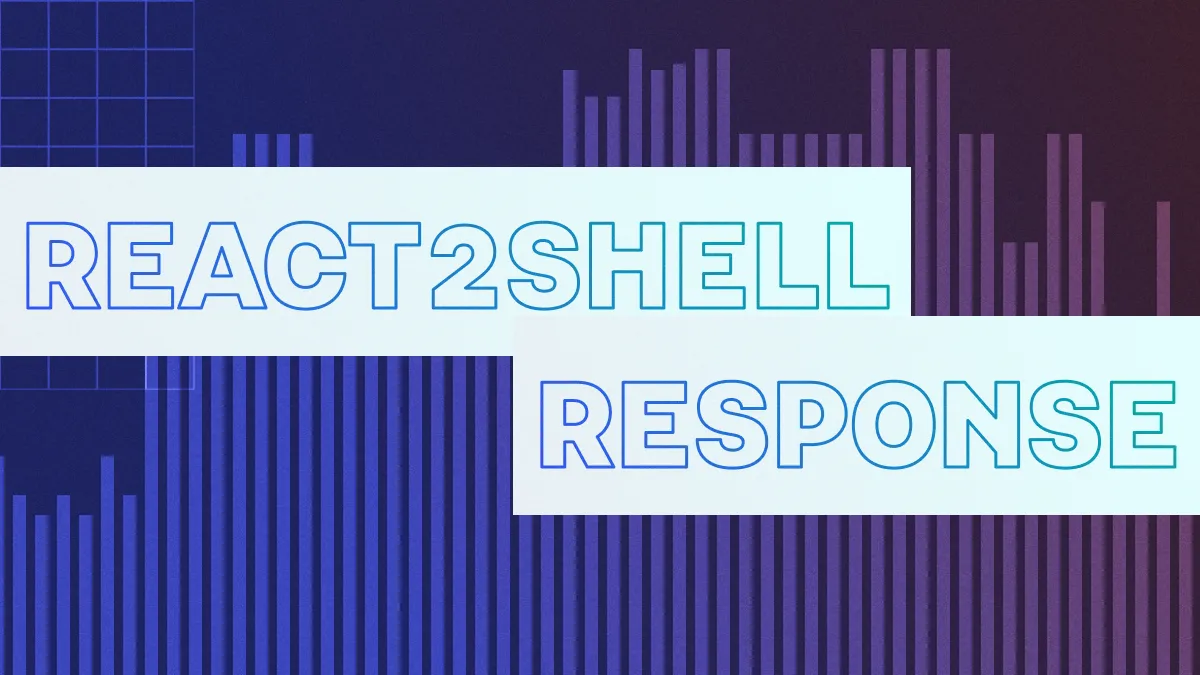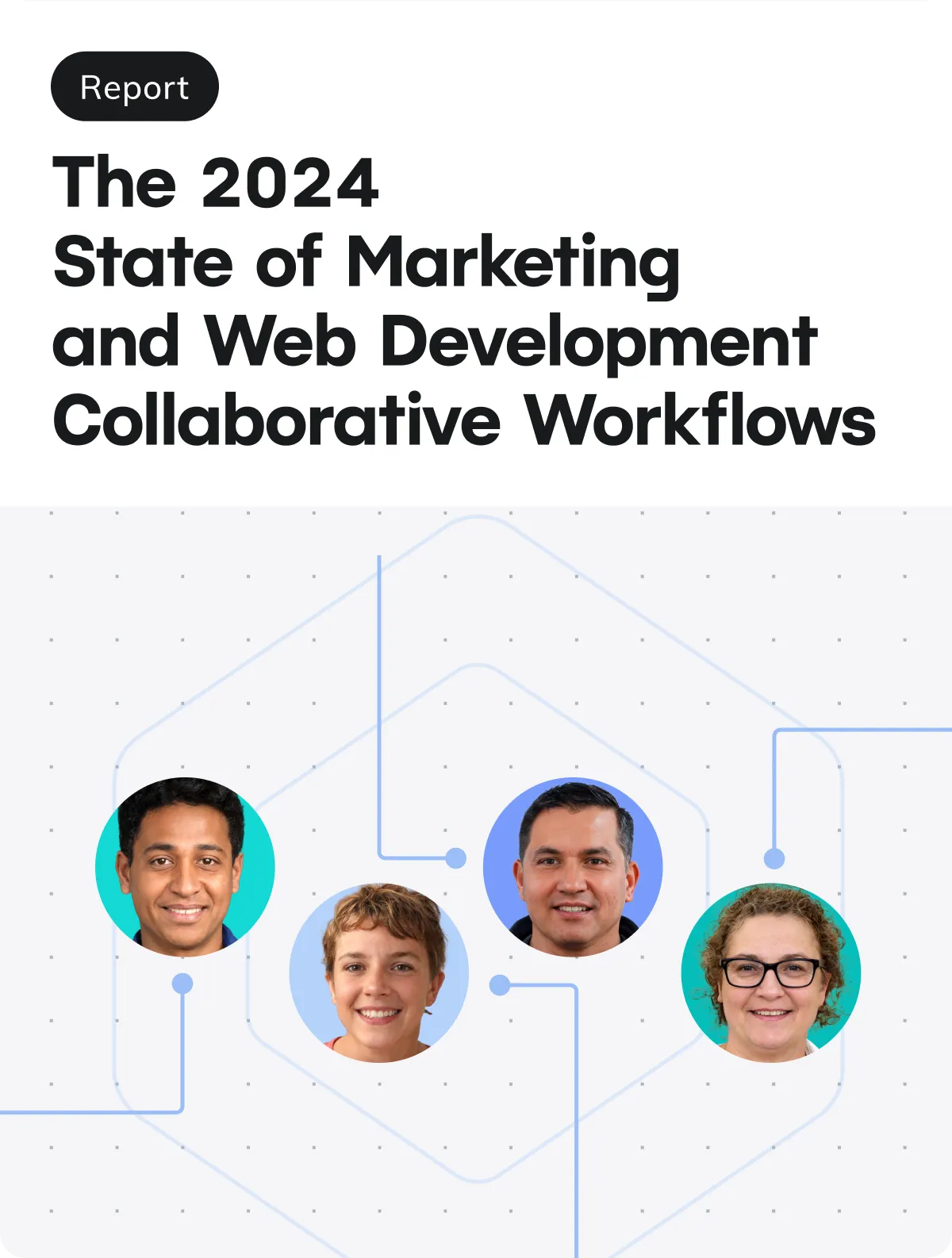It’s December, so it’s time for tech companies to make their predictions for 2023 and we are no exception. At Netlify, we try to be data-driven, and we have a lot of data. This year we released our third annual Jamstack Community Survey, and it’s full of fascinating insights into where the web development community is right now. It also has a few hints about where it might be going.
But we want to be clear right off the bat: these predictions are all “maybe”s. Prediction is a tricky business and we’re not staking our reputation on any particular one of these things happening. Let’s all check back in twelve months and see how these predictions fared.
Web Development Predictions for 2023
Work life: Remote work is here to stay
If there’s one thing our data could not have been more unambiguous about, it’s that people love remote work and will change jobs to get it. Even with waves of bad news from tech layoffs, we think tech workers will resist any attempts to get back to offices: remote work will be here to stay.
CMS: More growth for Sanity, further declines for WordPress
With the highest satisfaction score of any CMS we asked about, we predict another year of growth for Sanity. By the same token, WordPress with its 0.5 score is likely to see further declines in share. (If you’re not sure what a satisfaction score is, check our explanation)
Languages: another good year for TypeScript
This is the safest of bets: TypeScript has been growing steadily for five years now and we think that trend will stay around.
Component models: React will continue to grow
This is one of our riskier predictions. React is at 71% market share, an almost unprecedented level. It’s tempting to assume that eventually even React will be superseded by some newer, cooler component model. But the data doesn’t look like that, so we predict another year of growth, albeit much more slowly than in previous years.
Frameworks: Next.js will slow down; Remix will jump
This pair is definitely our riskiest prediction. Next.js has been growing incredibly quickly for years, but we think 2023 is when it will finally peak. It probably won’t see reduced share compared to 2022, but we think it will gain only slightly. Instead we think the momentum will be picked up by Remix, which saw 500% growth in 2022, and after being acquired by Shopify it will have the resources to continue to grow.
The end of Web3
Our survey said few people really used web3 and gave it the equivalent of a satisfaction score of 0.9. With those kinds of numbers we expect to hear much less about web3 in the coming year.
Scoring our 2022 web development trend predictions
With our predictions for 2023 in the bag, let’s keep ourselves honest and rate how our predictions for 2022 panned out.
If you’re not already using Figma, you’ll probably start
Rating: A+
Figma got so popular that Adobe paid $20 billion to buy it, and with Adobe’s mighty marketing behind it Figma is sure to continue to go from strength to strength.
Strapi and Sanity will see big growth in usage
Rating: C
In our 2021 data Strapi was at 18% share and Sanity was at 13% share, with satisfaction scores of 2.9 and 3.2. We predicted they’d both grow strongly, but our 2022 data says we were only half right: Sanity grew very nicely indeed, growing 33% to 16% share. But Strapi gained less than 1% market share, far less than we’d have expected given how happy its users are.
(Wondering what a satisfaction score is? See our explanation.)
TypeScript will steal developer share from JavaScript
Rating: A
The number of people describing JavaScript as their primary programming language fell from 55% to 53% while the number saying TypeScript was their primary language jumped from 15% to 21% (TypeScript also took a little share from many other languages, accounting for the bigger jump than JS fell).
Serverless will hit the mainstream
Rating: A+
We could not have nailed this one better. The number of people saying they’d tried serverless functions was at 46% and we predicted it would rise over 50% – and it did, all the way to 71%!
Component libraries: React will stay, Svelte will grow
Rating: B+
Svelte did indeed grow nicely, by roughly 33% to 19% overall share. React didn’t just maintain its position but grew further, hitting 71% share.
Static site generators: a big leap forward for 11ty
Rating: A+
Our riskiest prediction paid off . At 19% share 11ty is still behind Gatsby’s 28%, but 11ty gained 2% in share while Gatsby lost 9%. We think 11ty’s momentum will continue given its stellar 3.8 satisfaction score.
Next.js will hold ground, Vite will gain fast
Rating: B+
We underestimated Next.js’s momentum and it continued to grow, from 43% to 47% share. But Vite blew the doors off, going from 14% share to 32% share in a single year.
Overall predictions for 2023
The one thing that’s clear from all this data is that the web isn’t static: new technologies bubble up, fads flame up and die out, and older stalwart technologies slowly fade. The result is a technology landscape that we as web developers have to work to stay on top of, but the rewards are a vibrant, growing ecosystem. It gets more fun to be a web developer every year, and we think that will continue to be true.






